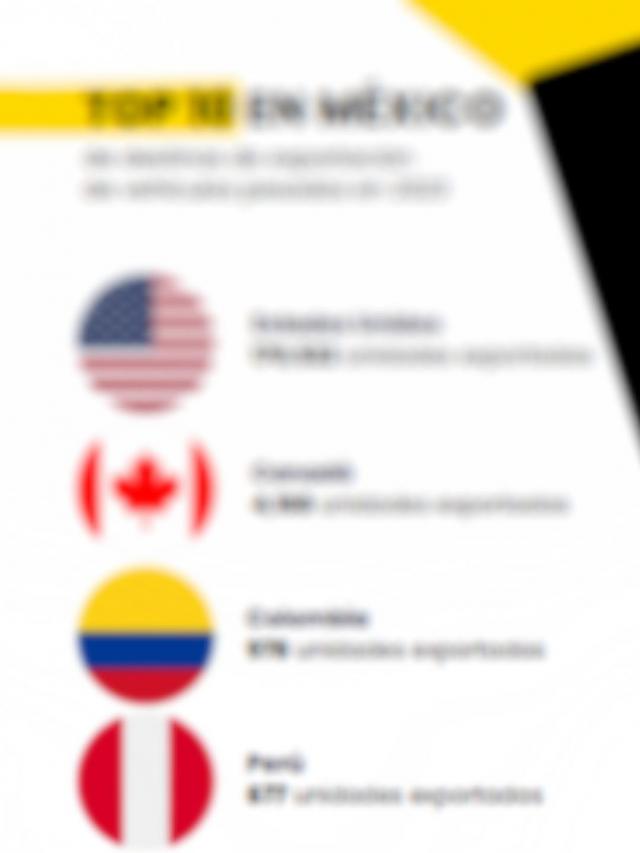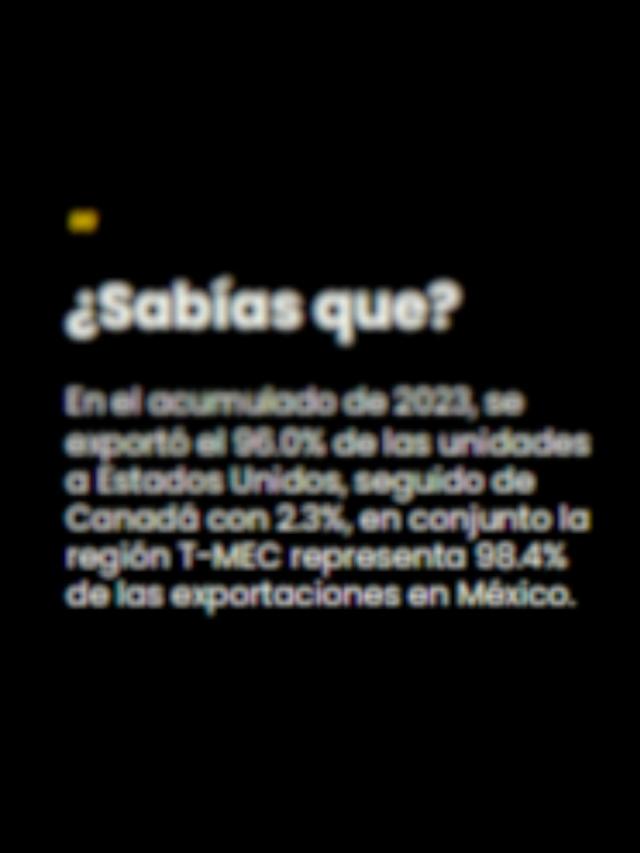 The global economy is moving forward at an uncertain pace. In this scenario, supply chains face a paradox: maintaining operational resilience amid an economic slowdown, high logistics costs, and accelerated technological transformation.
The global economy is moving forward at an uncertain pace. In this scenario, supply chains face a paradox: maintaining operational resilience amid an economic slowdown, high logistics costs, and accelerated technological transformation.
This was warned by specialists during the presentation of the State of Logistics Report 2025 , presented at the Council of Supply Chain Management Professionals (CSCMP) , in collaboration with Kearney and Penske Logistics .
Paul Bingham , director of Transportation Consulting at S&P Global Market Intelligence , explained that the economic environment has weakened significantly.
“The economy is not in crisis, but it has clearly weakened,” he said.
According to their analysis, US Gross Domestic Product (GDP) growth is expected to be just 1.3% in 2025 , while global GDP growth is projected to be 2.2% , the lowest rate since 2009 outside the context of the pandemic.
This implies lower aggregate demand, pressure on logistics margins, and a more adverse investment environment.
Furthermore, the high cost of money— derived from high interest rates—has directly impacted inventory management and capital decisions.
“We’re at a point where uncertainty is the only constant. Therefore, the supply chains that survive will be those capable of scenario planning and responding quickly to disruptions or abrupt changes in demand,” Bingham said.
Dynamic inventories and operational flexibility
One of the sectors most sensitive to this environment is retail . Brendan Dillon , Senior Vice President of Global Inventory, Transportation, and Commerce Management at Target , explained how the company has redesigned its logistics strategy to adapt to changing consumer patterns.
“Consumers are prioritizing essential products and reducing discretionary spending. This directly affects our key categories,” he commented.
In this context, Target has opted for continuous planning , based on short cycles of inventory, demand, and transportation analysis.
“Our network is designed to adapt quickly. We maintain a combination of short- and long-term contracts, with a strategy that includes our own fleet and partnerships with reliable carriers. The goal is to ensure availability, speed, and cost efficiency,” he explained.
In this regard, the company has chosen to maintain long-term strategic relationships with its logistics partners.
“Trust is built on reliability. And loyalty is built on fair prices,” Dillon said.
Ports, between resilience and energy transition
For its part, the Port of Long Beach , one of the largest and most strategic in North America, has also had to adapt to the new normal.
Its director of operations, Noel Hacegaba , highlighted that, despite the drop in imports during 2023, volumes have regained strength.
“The US economy has proven surprisingly resilient. In May, we had our best month since 2020. This reflects a recovery in consumer spending and greater stability in supply chains,” he commented.
Hacegaba also emphasized the port’s long-term planning , which includes investments of $3.2 billion in infrastructure over the next decade .
These will focus primarily on expanding rail capacity and accelerating the transition to zero-emission operations.
“Currently, 25% of our cargo leaves by rail. We want to increase that figure to 35% to reduce our carbon footprint and improve logistics efficiency. We are convinced that the future of the port is intermodal, electric, and automated,” he stated.
3PLs, more than operators, strategic partners
In an environment of high operational complexity, third-party logistics providers (3PLs) have gained prominence as key allies in managing uncertainty.
Andy Moses , SVP of Strategy and Sales at Penske Logistics , said supply chains are facing unprecedented pressure to become more resilient, but also more efficient.
“Logistics is more important today than ever. Companies want flexibility, real-time visibility, and responsiveness. And that requires close collaboration between customers and logistics operators,” he emphasized.
Moses explained that customers demand integrated , data-driven solutions that can adapt to market fluctuations.
“It’s no longer enough to simply move merchandise. We must anticipate, redirect, optimize, and, above all, inform,” he said.
Along these lines, Korhan Acar , a partner at Kearney and lead author of the report, warned that the greatest potential for logistics efficiency lies not in the origin of the products, but in their transportation.
“The supply chain is increasingly decentralized, but logistics remains the major bottleneck,” he said.
One of the study’s key findings is the persistent inefficiency of backhaul : only 20% of return journeys are properly utilized.
“This represents a massive loss of value. With Artificial Intelligence (AI), we can redesign routes and loads to address this structural inefficiency,” he explained.
Acar also noted that the digital maturity of many companies remains low , as the adoption of generative AI, digital twins, and automation is underway but not yet uniform.
Experts agreed that in a challenging environment, the most successful companies will be those that plan with vision, collaborate intelligently, and embrace technology as a driving force for transformation .
“Every dollar invested in logistics today must yield double. And that can only be achieved with timely information, flexible processes, and a network aligned with the business,” said Acar.
Comment and follow us on X: @jenna_GH_/ @GrupoT21















